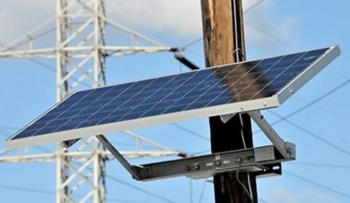Maryland Governor O'Malley Urges Investment in Cybersecurity Education
Maryland
Governor Martin O'Malley addressed several hundred educators, IT experts, and others at the National Institute
of Standards and Technology (NIST) yesterday as part of a workshop hosted by
the National Initiative for Cybersecurity Education (NICE), a national campaign
coordinated by NIST.
Calling cybersecurity an "urgent priority," O'Malley emphasized the
need for government and the private sector to work together to "invest in
the skills of our people" and create new jobs in the cyber field. In part,
he said job creation will depend on “how quickly we move good ideas from labs
to the commercial sector.”
O’Malley described a state-wide cybersecurity initiative begun three years ago that includes partnerships with Maryland-based federal labs such as NIST and the National Security Agency, enhanced technology transfer efforts, and expansion of the cybersecurity career pipeline. He also discussed several programs that the state of Maryland has implemented in Science, Technology, Engineering and Mathematics (STEM), education at the college level and in career and technical education at the high school level to improve education in cybersecurity.
He noted that "a modern economy requires modern investment," and "the single most important investment is the investment in public education."










